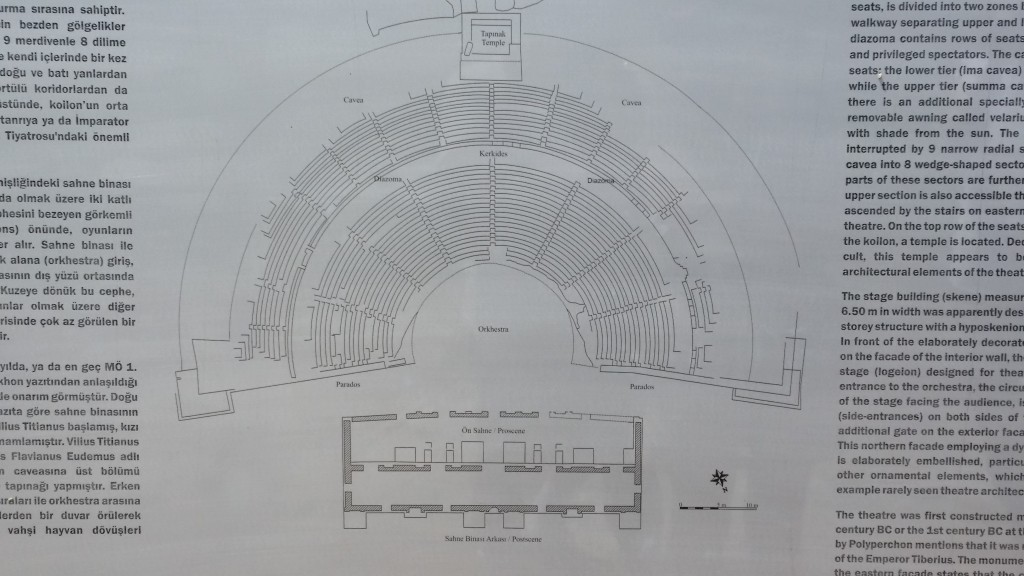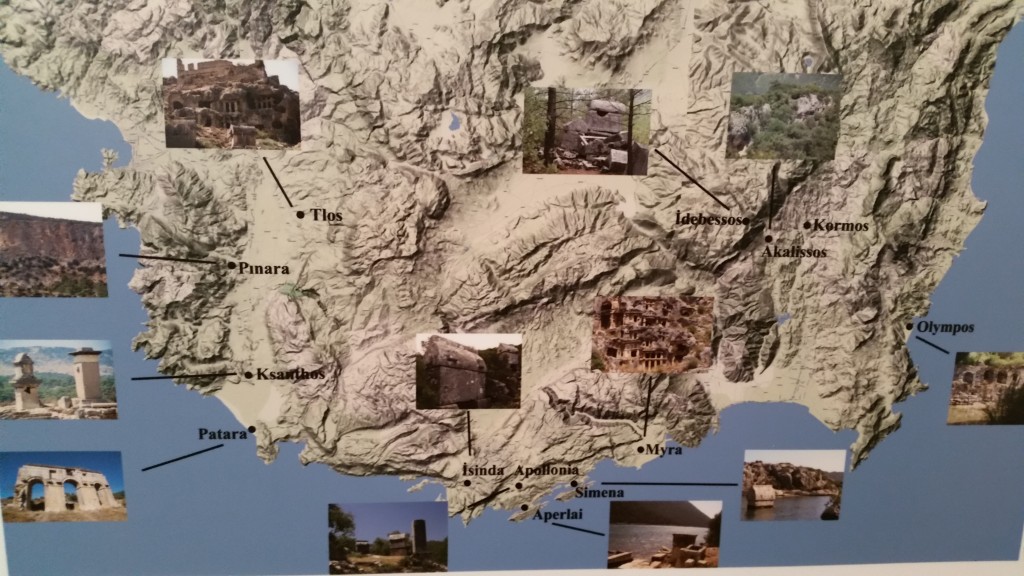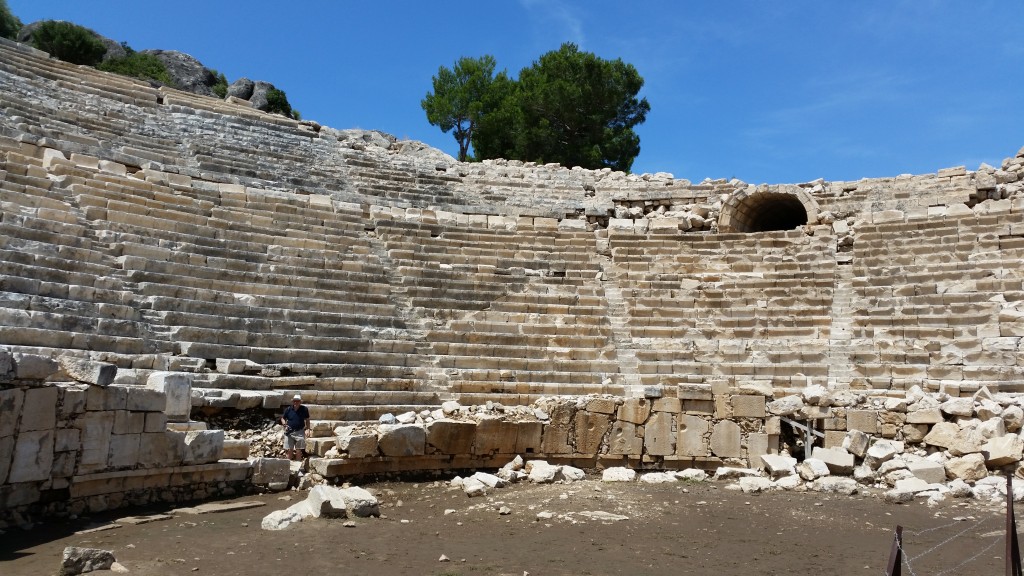At this juncture, we sadly left our boat behind, and resorted to a bus for the rest of the journey to Antalya. Along the way we had significant stops in mind. On this day we would pass through Xanthos, the Lykian capital city, on the way to stopping at length at Patara, and then on to Myra, the town of St. Nicholas himself. To get oriented here is a map
See if you can find Xanthos (spelled with a Ks on this map) and Patara, a city which Paul did stop at on his way back to Jerusalem. Read again Acts. 21.1– from Kos to Rhodes to Patara (and according to the D mss. of Acts. 21.1, to Myra as well).
We road right through the Xanthos site, due to time constraints, but we did stop at a site of an ancient kiln on the way to Patara proper. Patara was a site where pottery was made and so this was of relevance, indeed in Patara there was a district of the potter workers near the initial monumental gate.

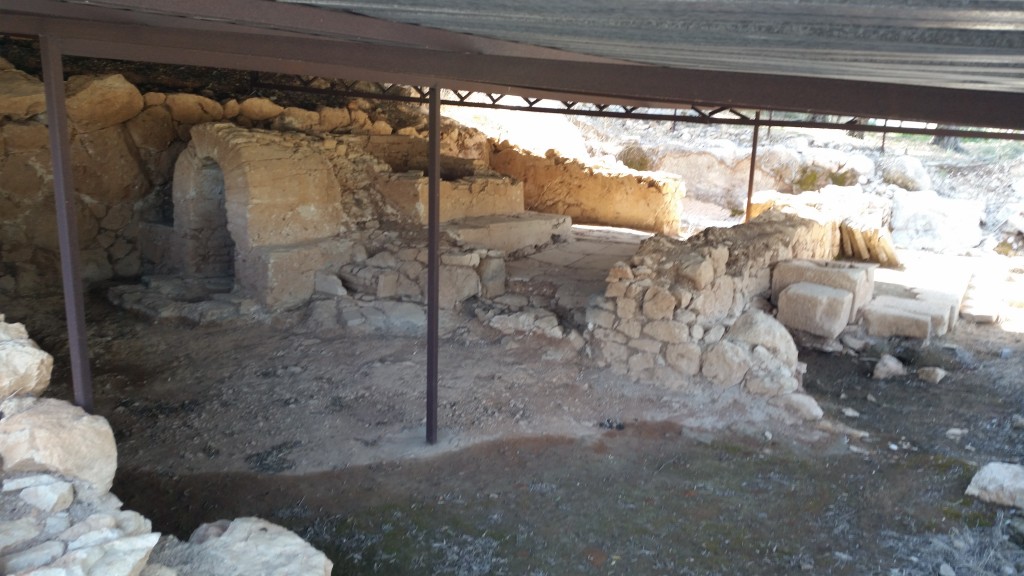

Here is a very summary of the history of Patara…
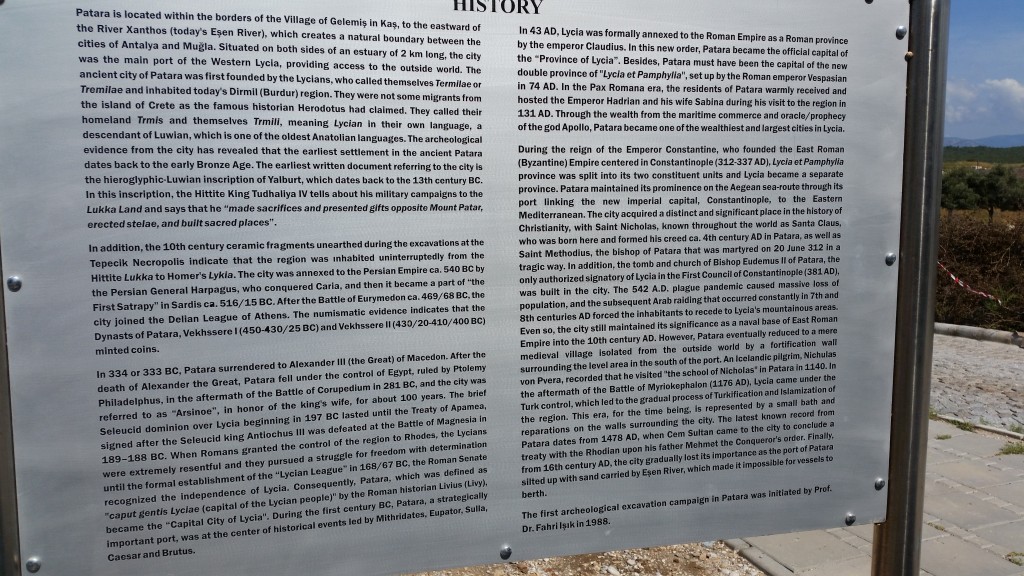
Even though there are things to be seen before one arrives at the monumental gate, erected around the beginning of the 2nd century A.D. in honor of Modestus the governor under Trajan, (in whose honor it is also erected, as is the newly discovered octagonal fountain just inside the gate. First we look through the gate inward toward the main city, then the reverse.
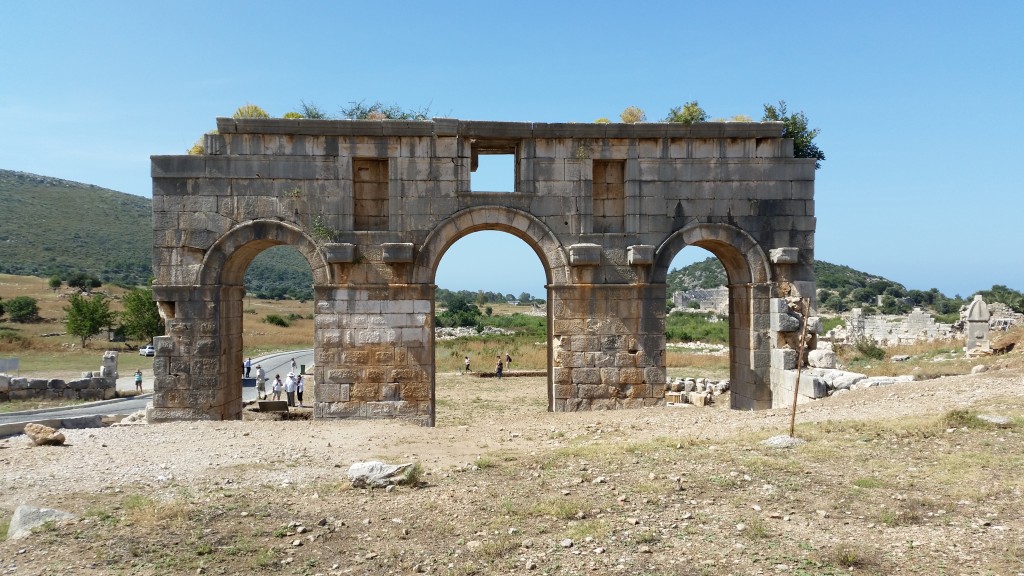
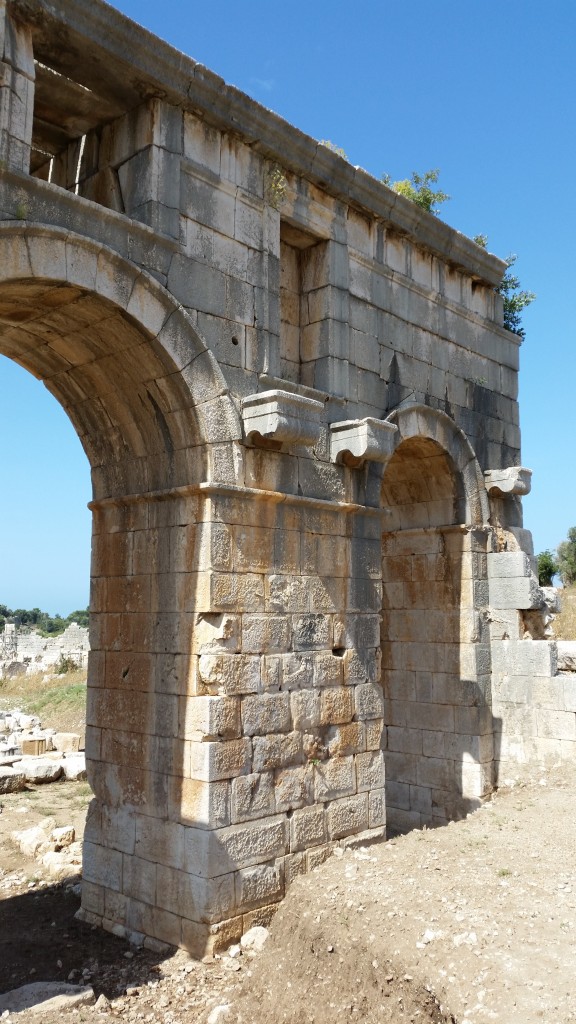
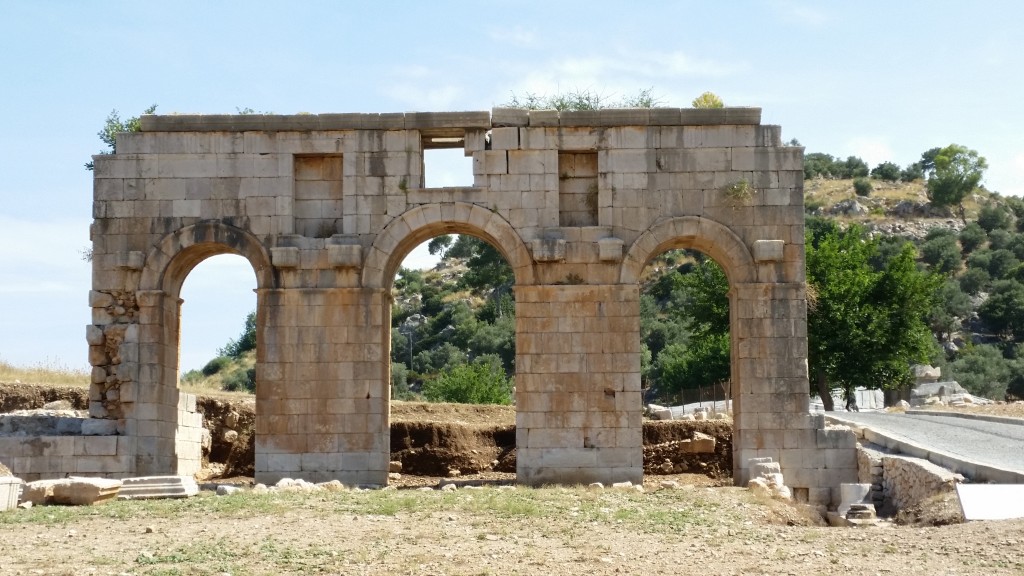
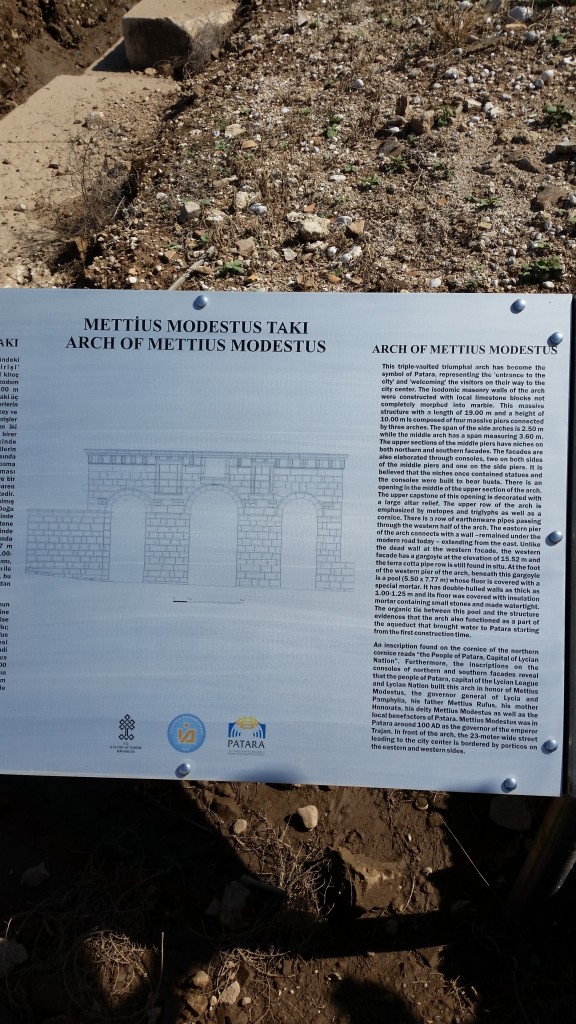
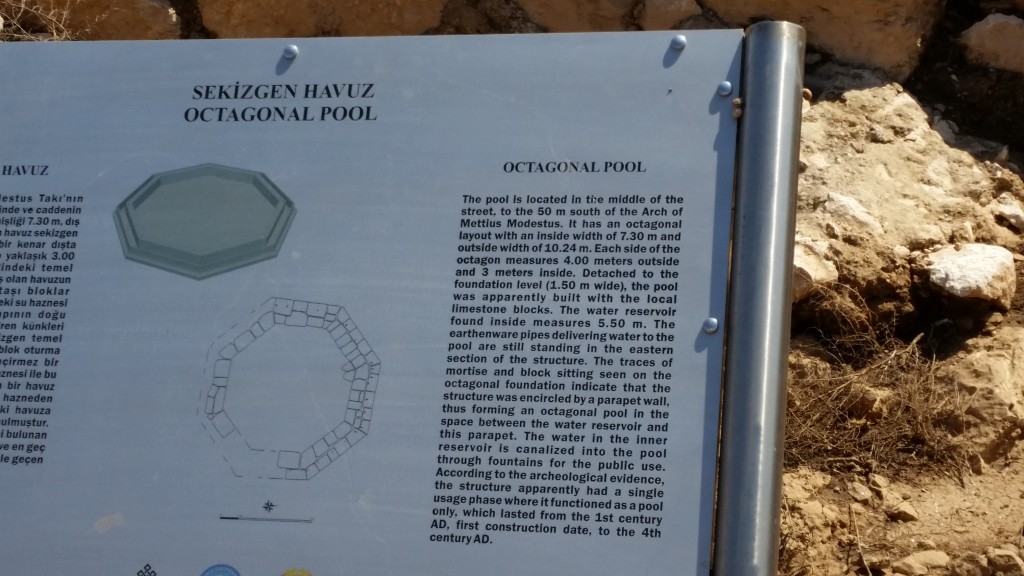
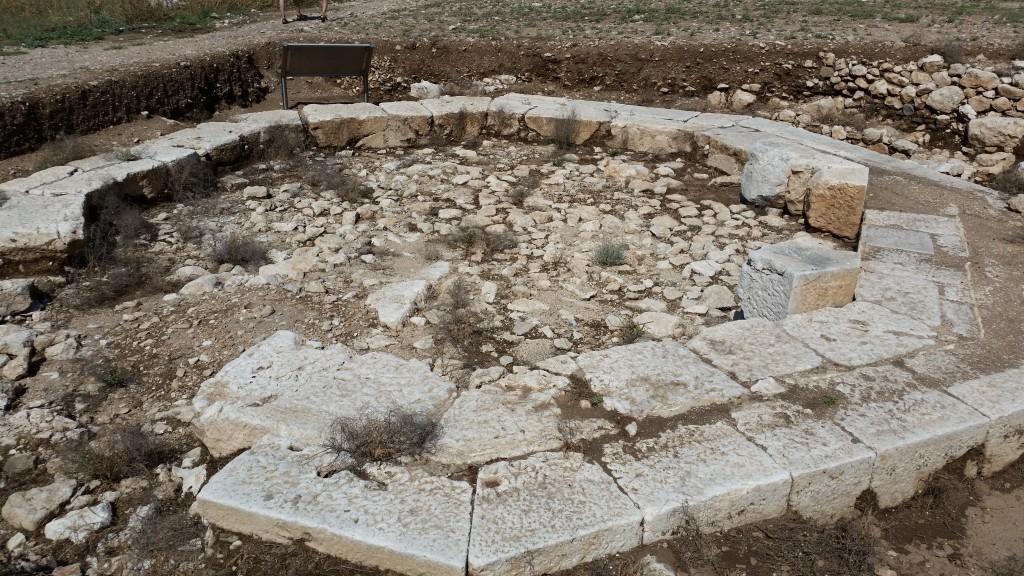
Here is an honorific capital found nearby, which mentions both Trajan and the demos (i.e. town council) of Patara, perhaps a column erected when the fountain was built. What we know for sure is that Patara became the capital of this whole region, and was a very important city.
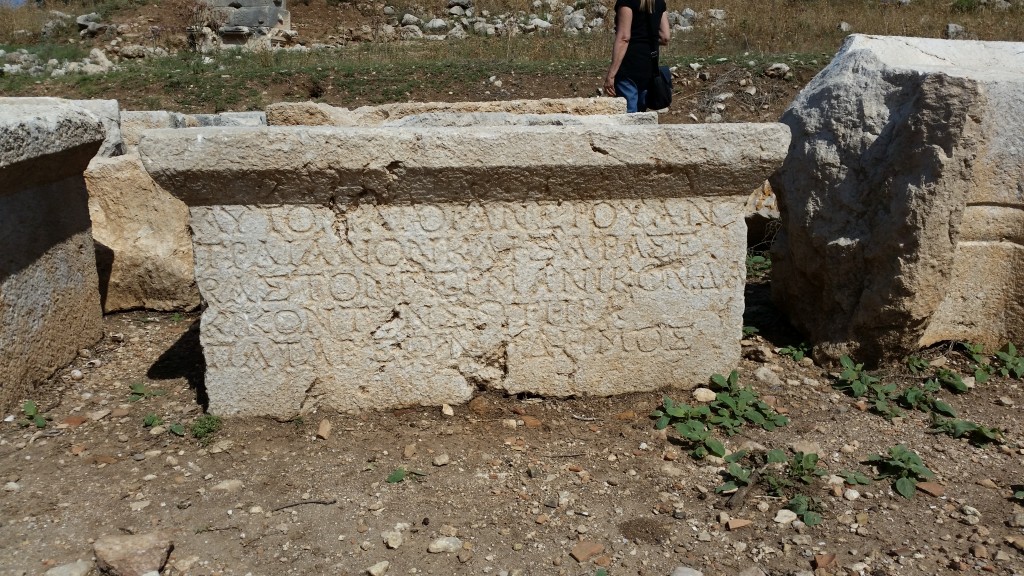
After parking the bus at the main part of the site, we walked past the city, down the main street, 
we took a left and walked down the sandy road to the lighthouse, passing lovely oleanders on the left.

Today the lighthouse is a good mile from the shore. In antiquity it would have been right at the harbor where Paul’s boat stopped. There has been some debate as to whether the lighthouse had been built by the time of Paul’s visit, but it appears likely it has. There is a large inscription which was part of the lighthouse mentioning Nero, but Nero was already Emperor in A.D. 54. If this was built any time before A.D. 58 Paul probably saw it.
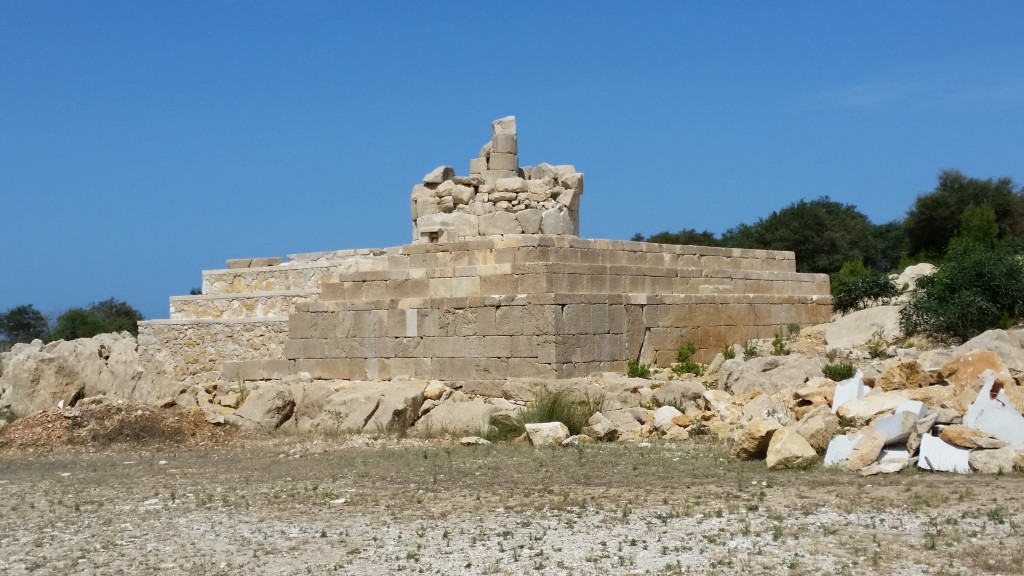
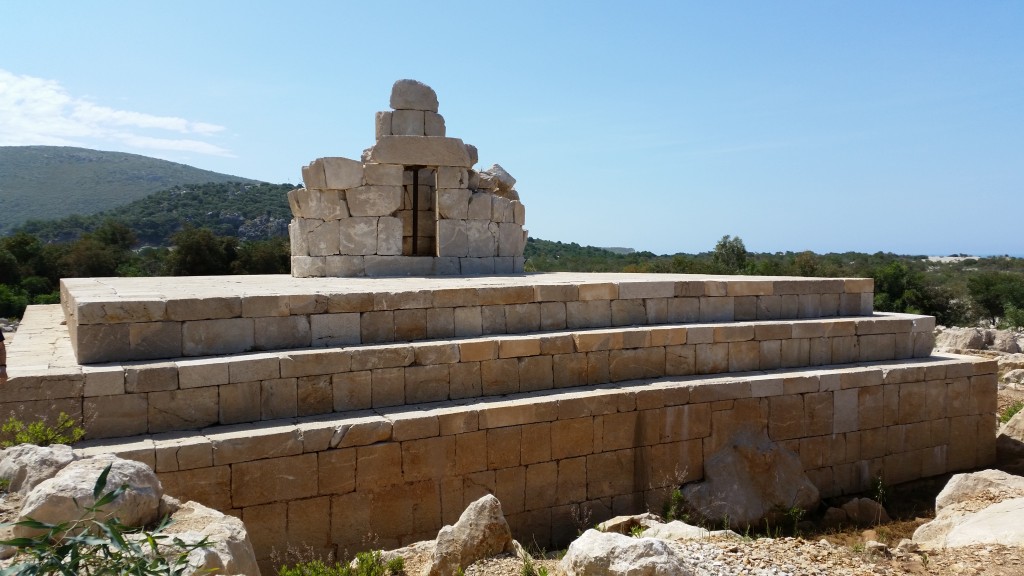
If you want to read a good description of a major ancient lighthouse, namely the Pharos lighthouse, read Lindsey Davies superb novel Alexandria. It will tell you more than all you need to know. This lighthouse would have been much taller, of course, than the fragments we see now, but there has been enough restoration that one can see the full platform on which it stood, the beginnings of the outer walls, and the inner staircase that led up to the top where the ‘lantern’ would have been.


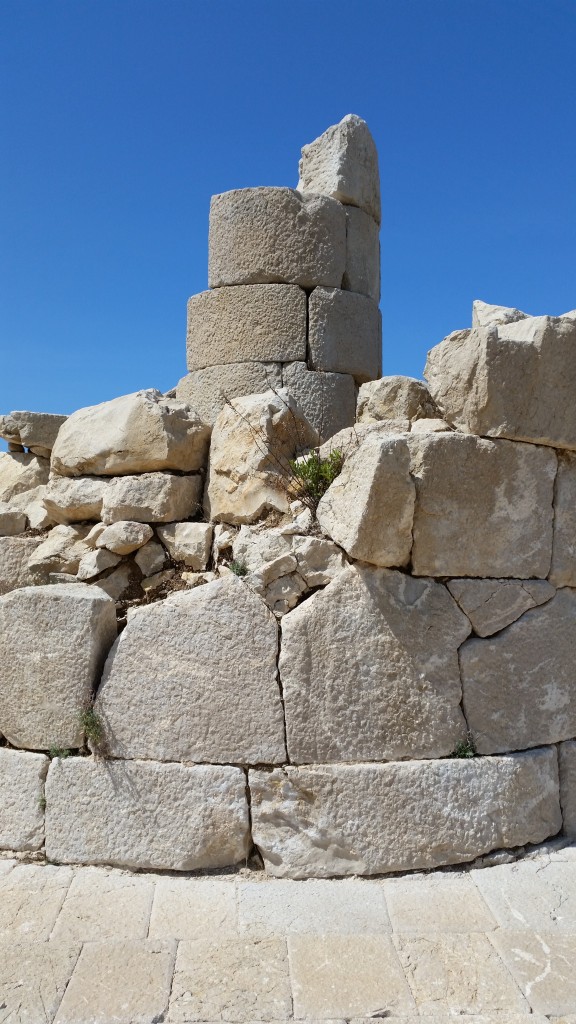
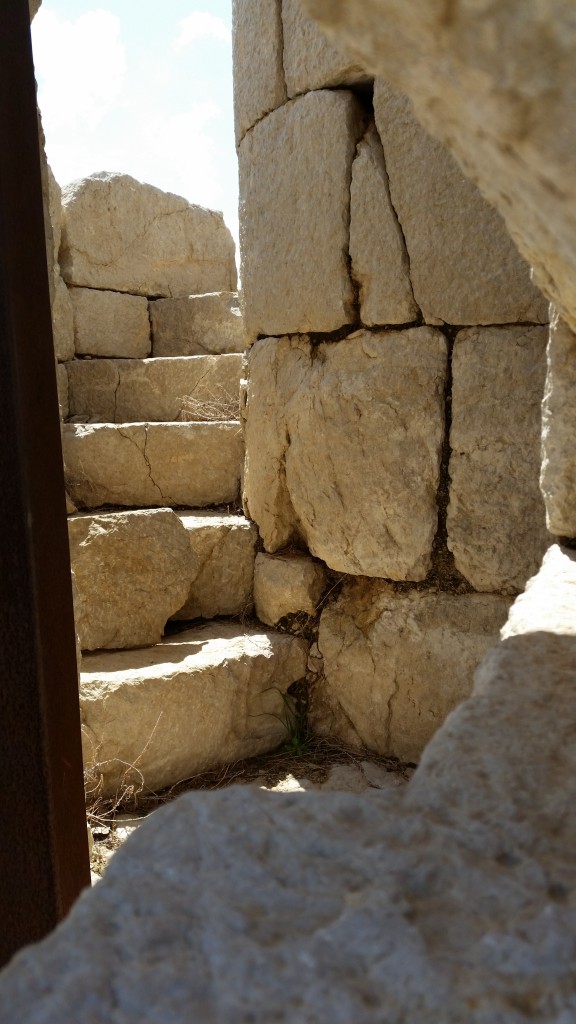
Even now, 2,000 years later, you can still see the sea from the platform on which the lighthouse stands, but it reminds us that yet again, harbors silted up, rivers silted up, and the landscape today barely resembles what it would have looked like on the coast in Paul’s day, and this is as true in Patara, as at Ephesus for example.
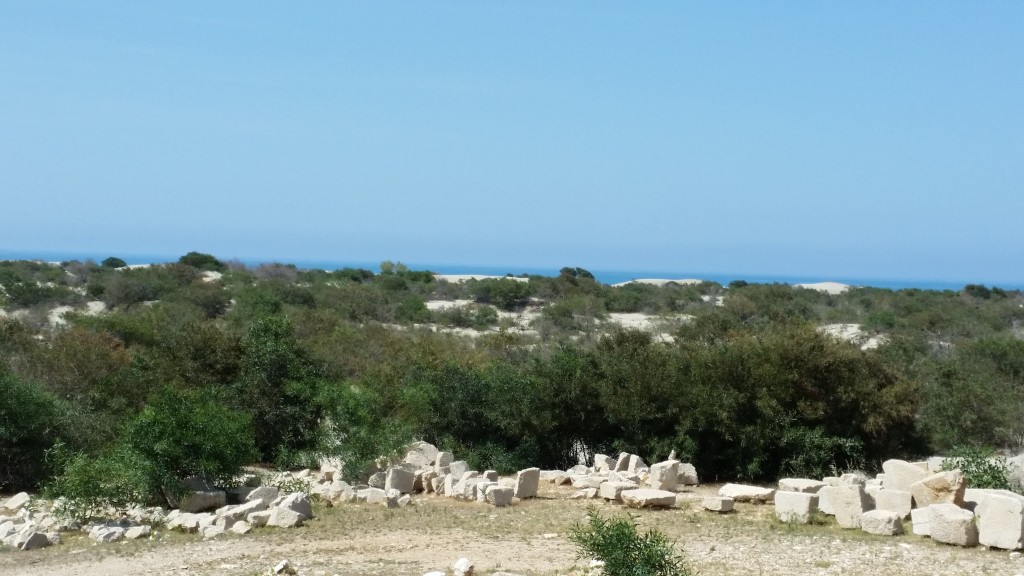
Here is the famous Nero inscription. Notice the holes in the stonework. It would undoubtedly have had gold, or some reflective metal in it to make the name shine in the sun. The shape of the stone suggests it was part of the lighthouse structure itself, and since they have found marble shards near by, probably the lighthouse was covered in reflective marble, making it shine in the sun to distant ships. All we see today is a bit of the infrastructure.
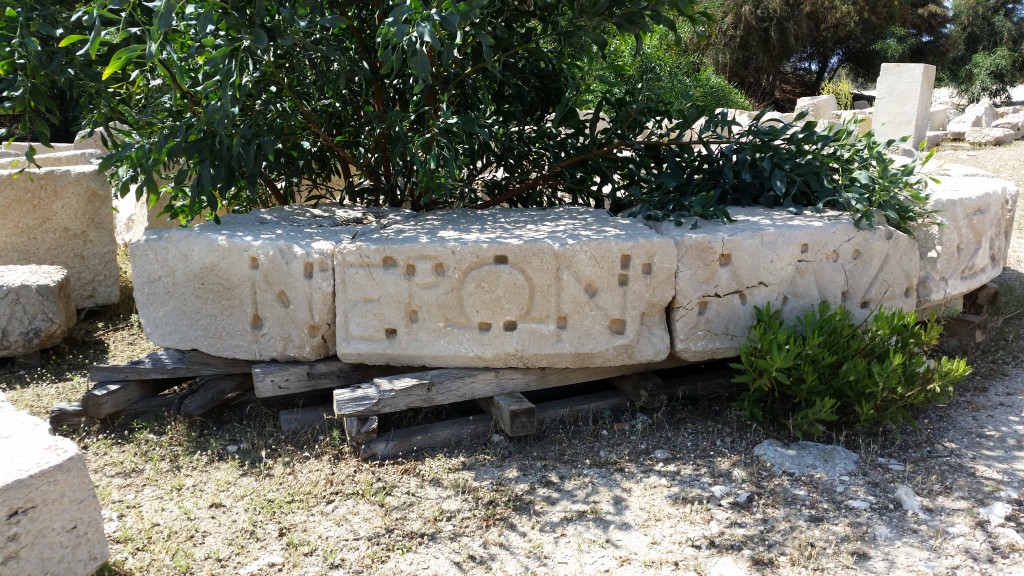
You can see the name NERON as the first word on this stone.
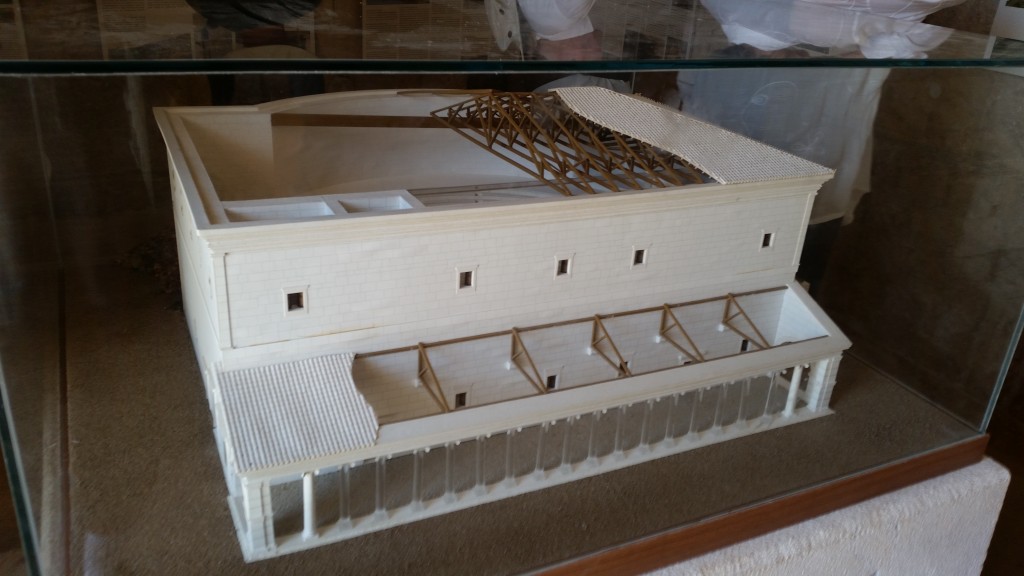
The area had been having a lot of rain, as you can see when you return to the main city center area. We will be visiting the senate like building and the theater. Both have been undergoing major restorations.
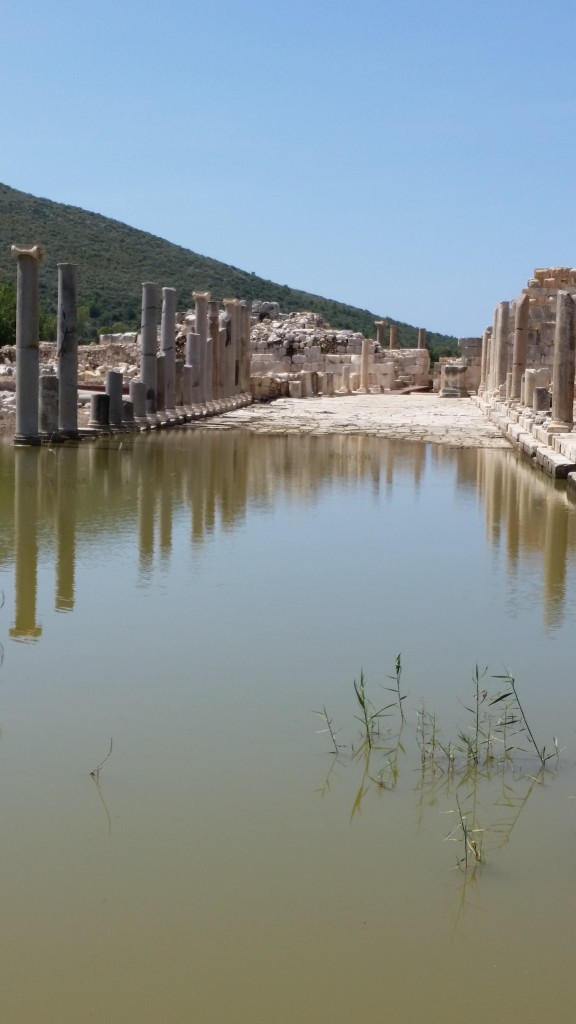
Here is a model of how the council building would have originally looked.

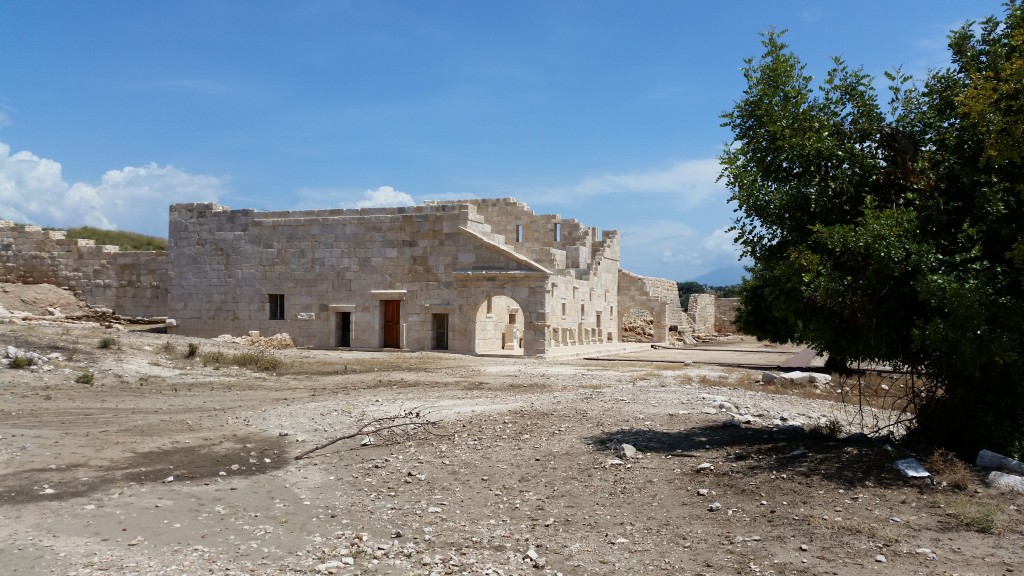
Outside the council building stands four interesting honorific stelae… here they are with translations…
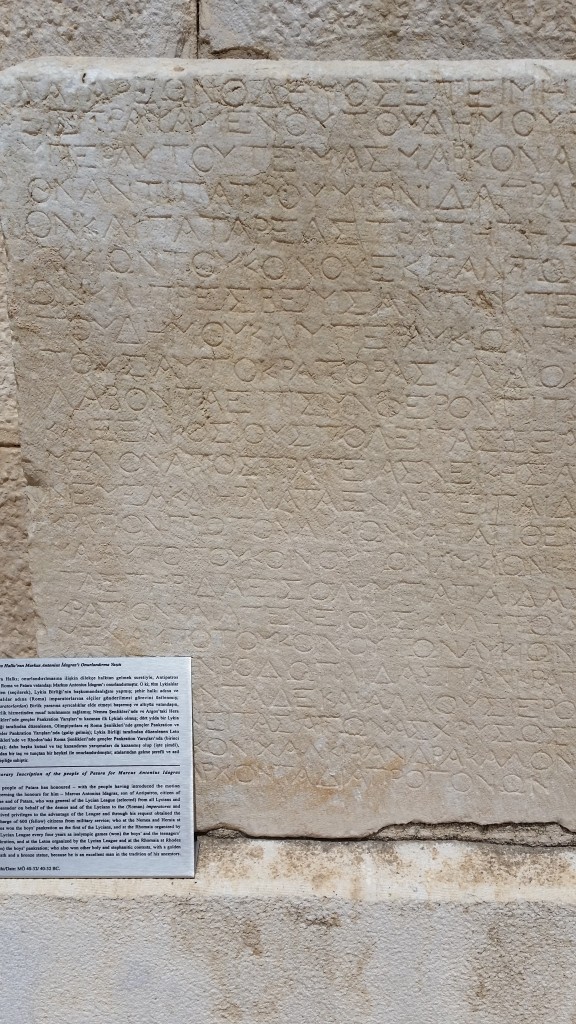
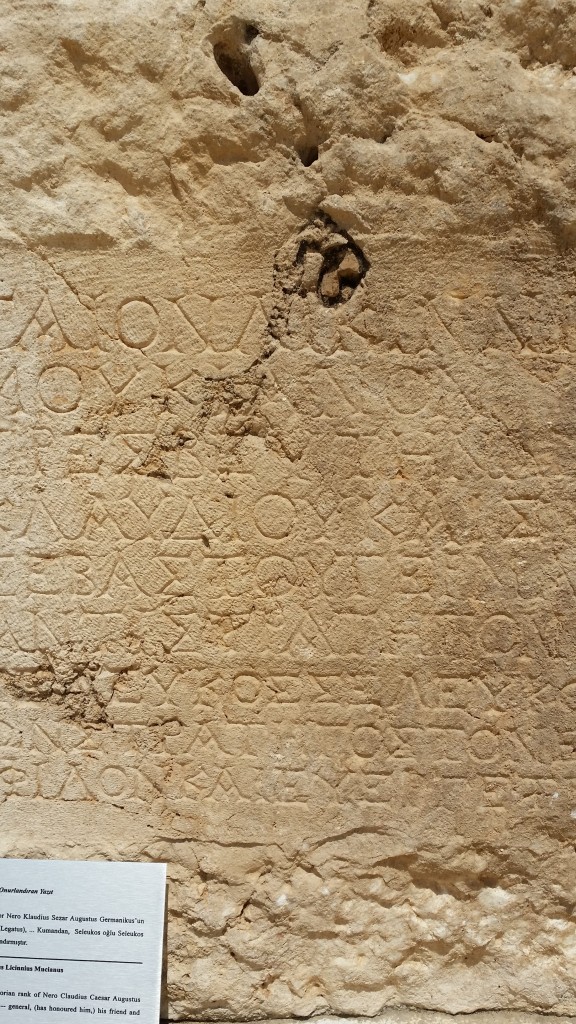


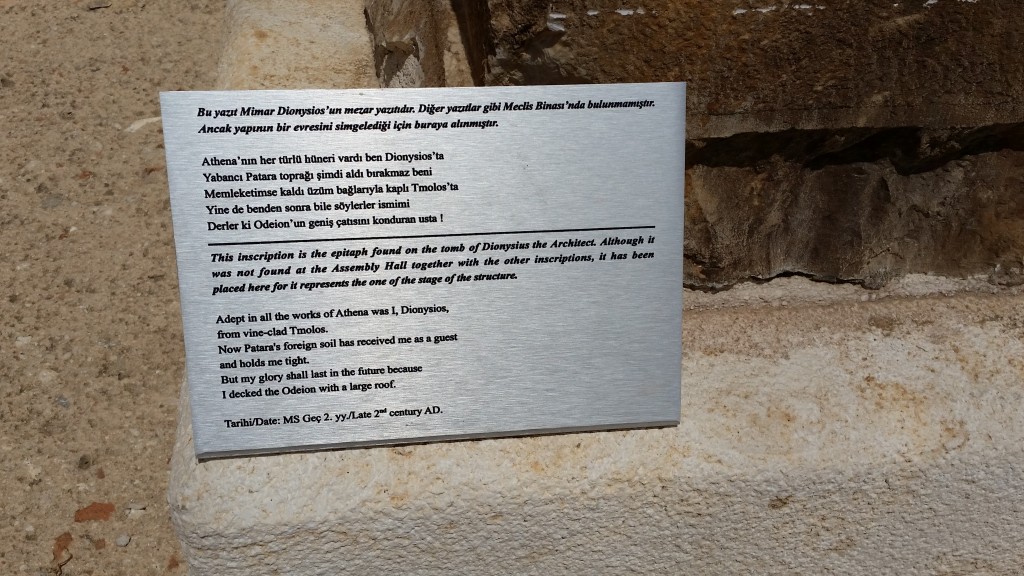

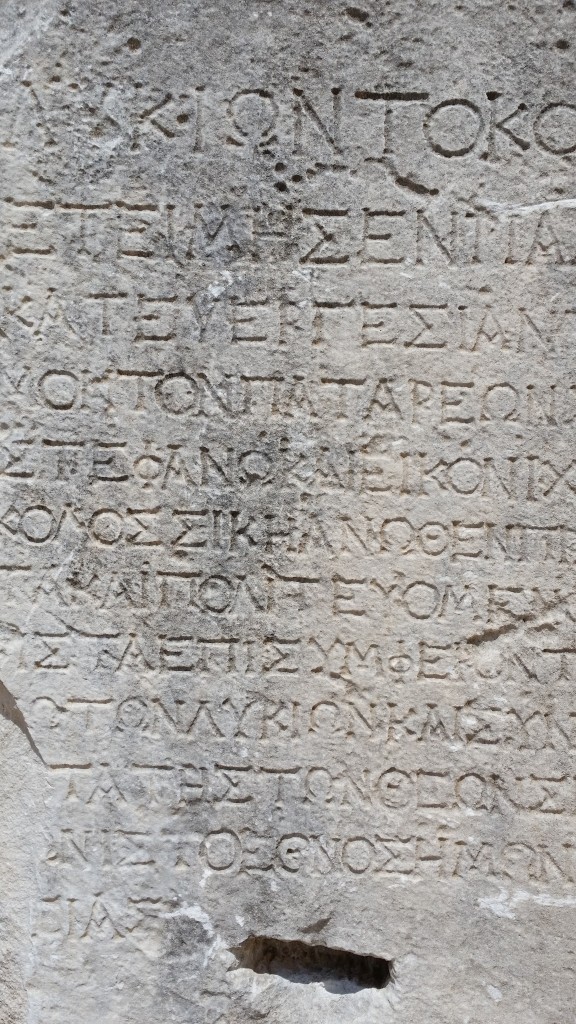
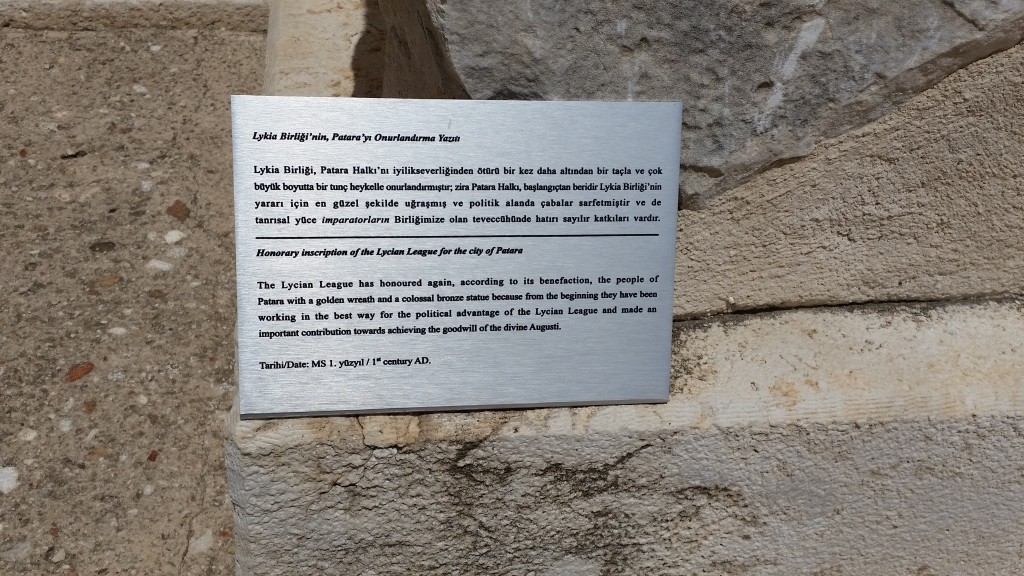
Here is the modern door into the odeon/town council/boule etc.
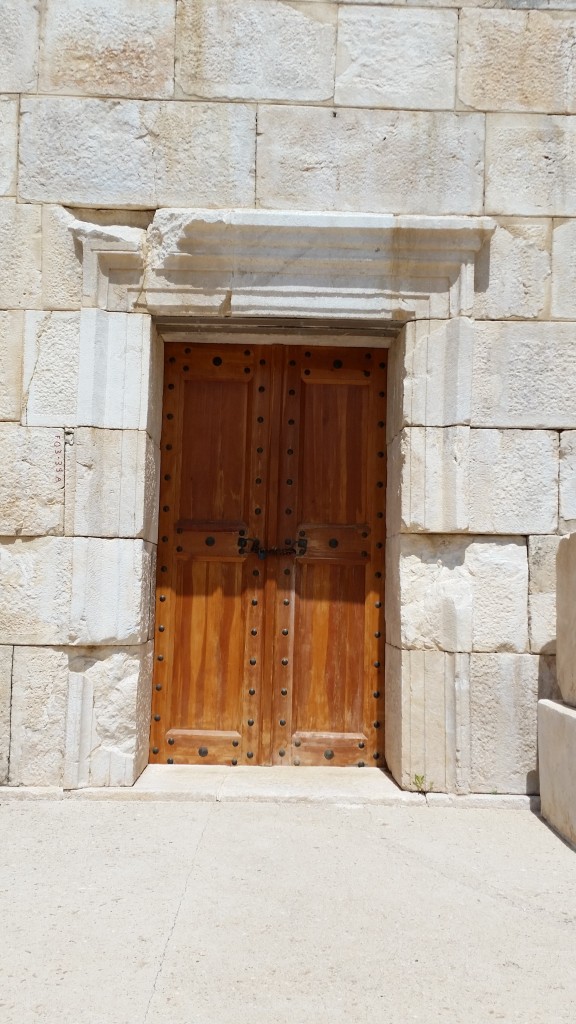
Here are the stairs inside the same building, and obviously the main town clerk is in, as she is sitting in the prime seat here…
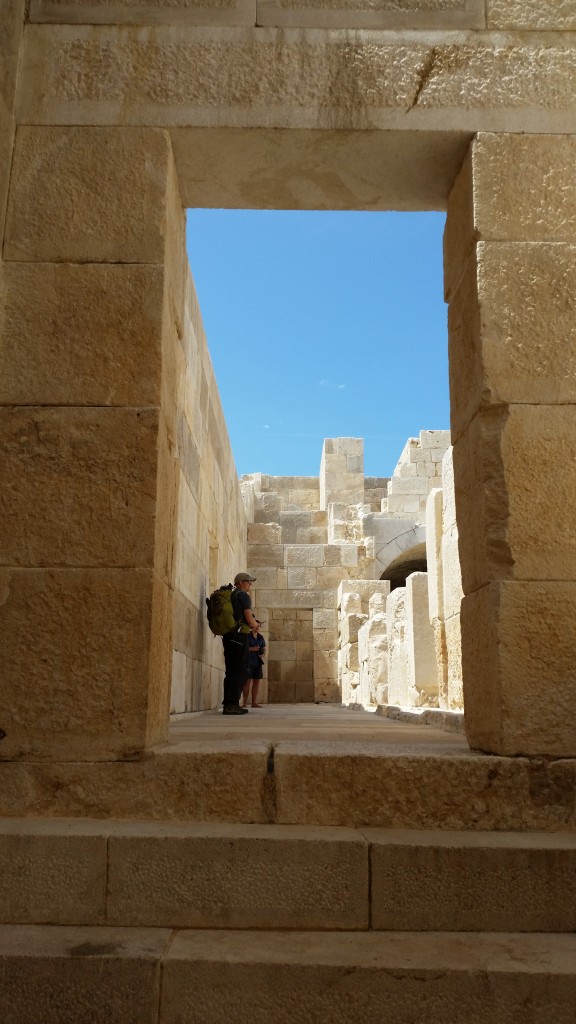

Here you can see the great theater from a distance, and in relationship the buildings we were just discussing.

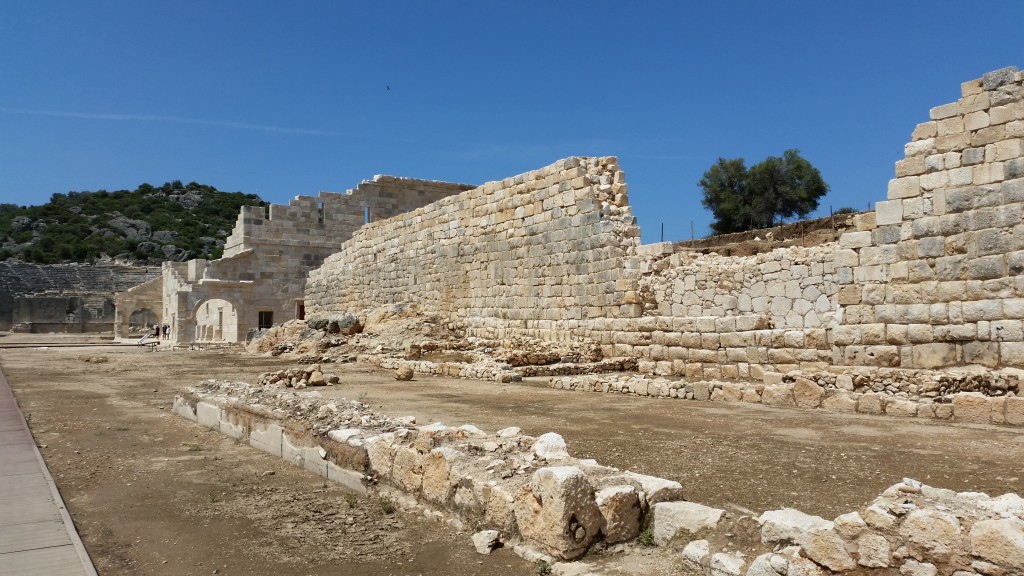
Here’s a passageway you go through to get to the theater… and when you get there you see this gigantic inscription in the Lykian language….
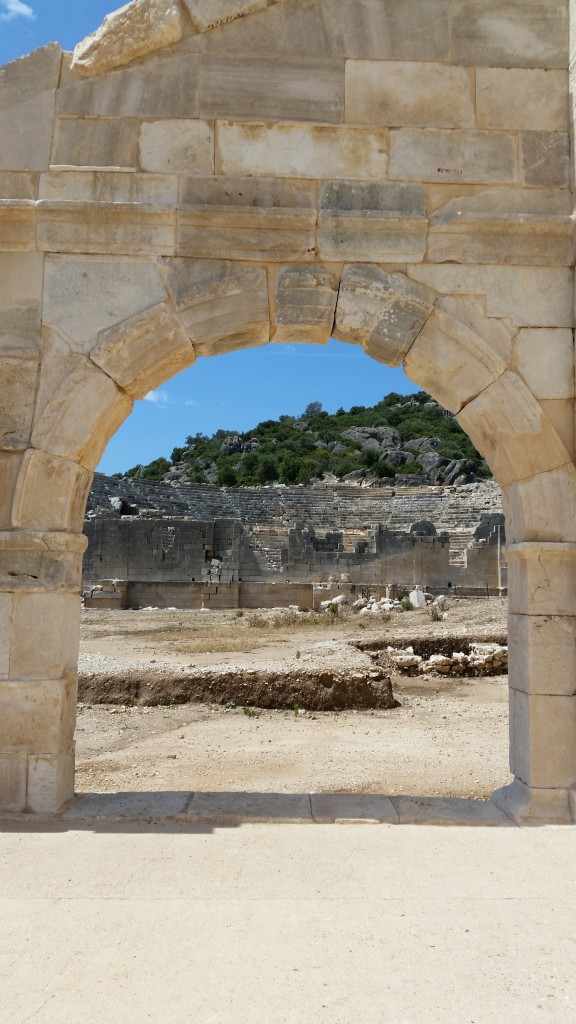
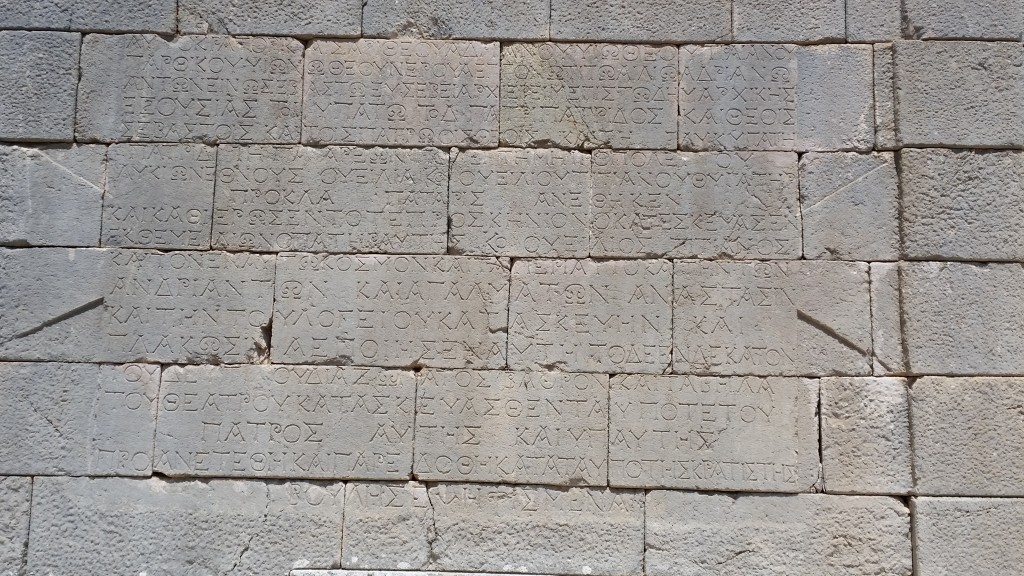
Here is an explanation and a schematic of the theater, and the theater as it is today.

